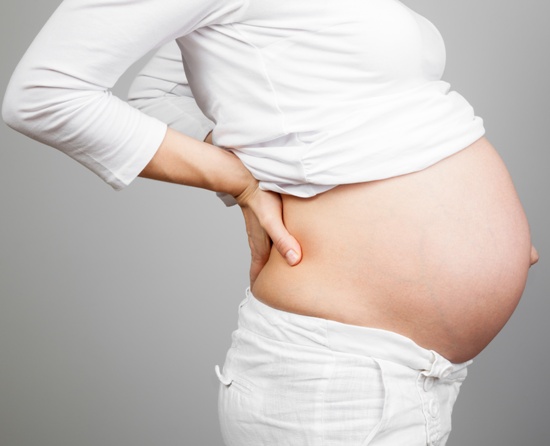Symphysis Pubis Dysfunction (SPD) is a type of pelvic girdle pain which sets in during pregnancy because of the imbalance between the stretched pelvic ligaments and the muscle which are stiff and unstable. The pelvic region is strengthened by a dense network of tissues or ligaments and swelling and pain in this region during pregnancy make the symphysis pubic joint less stable and weak, leading to a condition called Symphysis Pubis Dysfunction.
Early diagnosis of Symphysis Pubis Dysfunction can help in taking care and keep the pain checked. Here are a few points to know about Symphysis Pubis Dysfunction and deal with it –
Symptoms of Symphysis Pubis Dysfunction
The main symptom of Symphysis Pubis Dysfunction (SPD) is unbearable pain in the pelvic region and back which gets aggravated on account of certain body movements. Sometimes this pain sticks to the pelvic region, whereas in some cases the pain spreads to the thighs too. The pain may worsen on doing weight lifting activities, walking or while climbing stairs, getting dressed, getting in and out of the car or even while sleeping or turning in bed.
Causes of SPD
During pregnancy your body produces a hormone called relaxin that helps to soften and stretch the ligaments and tissues of your body, so that your body is at ease during your delivery and your baby may come out easily. Generally the muscles and ligaments are naturally able to adapt according to the greater flexibility of your body but if your body does not adapt well to your loose ligaments due to the hormone relaxin, then Symphysis Pubis Dysfunction sets in.
SPD is caused by the uneven movement of your joints and muscles. This is also triggered by some previous injury in your pelvic region, hypermobility in your joints, having a pelvic pain before pregnancy, change in the way the muscles support your pelvic girdle joints, one pelvis joint not functioning properly and thus causing pain, etc.
Diagnosis of SPD
SPD is diagnosed by a doctor or a women’s health physiotherapist, who is often referred to by a doctor. The diagnosis is done on the basis of the pain and other symptoms present during pregnancy. The physiotherapist tests the pain in your pelvic joints and stability and movement of the muscles of your pelvic region and thus diagnoses SPD.
Treatment of SPD
The treatment of SPD is almost the same as that of normal pelvic girdle pain. As there is no successful evidence of main line treatment of SPD and it is said to culminate post pregnancy, people prefer to take parallel lines of treatments such as physiotherapy, acupuncture, chiropractic treatment etc. Elbow crutches, pelvic support devises and proper prescribed pain treatments do bring some relief in SPD. Mild exercises to strengthen the pelvic floor muscles and hip muscles also work. Acupuncture techniques by trained experienced people also help in reducing the SPD pain.
How to Ease SPD Pain
You should remain active but not lift heavy weights and push heavy objects that trigger the SPD pain. Do your work sitting at one place rather than executing in standing position. Take care to not to part your legs farther so as to put pressure on your pelvic joints.







